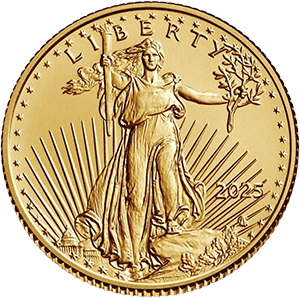The interesting thing about silver is that its value is not fixed, hence the value of silver coins isn’t fixed either. It keeps on fluctuating based on a variety of factors discussed below:
-
Rareness
The rarity of a coin is important because it adds to the value and worth of the coins. The fewer the coins, the rarer it is. Rare coins are usually bought by those who enjoy collecting them. The simple demand and supply formula applies here. As supply reduces, demand increases, which pushes the price higher. Most coins become rare years after they go out of production.
-
Type
The type or condition of the coin also affects its value. For example, the highest grade of uncirculated coins manufactured by U.S. mints are more in demand as they are not to be used for regular transactions by the general public, which increases their value.
-
Condition
It is important for a coin to be in fine condition for it to fetch a good price. A coin that has fingerprints or items missing will not fetch a decent price if you try to put it on the market.
-
Marketability
The popularity or marketability of a coin is crucial for determining how worthy a coin is. For example: Troy Ounce Silver Dollar and the American Silver Eagle are highly marketable and popular.
Moreover, some coins are released to mark special occasions and they usually appreciate every year around those special occasions.
Conclusion:
It can be hard to predict the true value of a coin, hence we suggest you get it appraised by turning to a professional.

